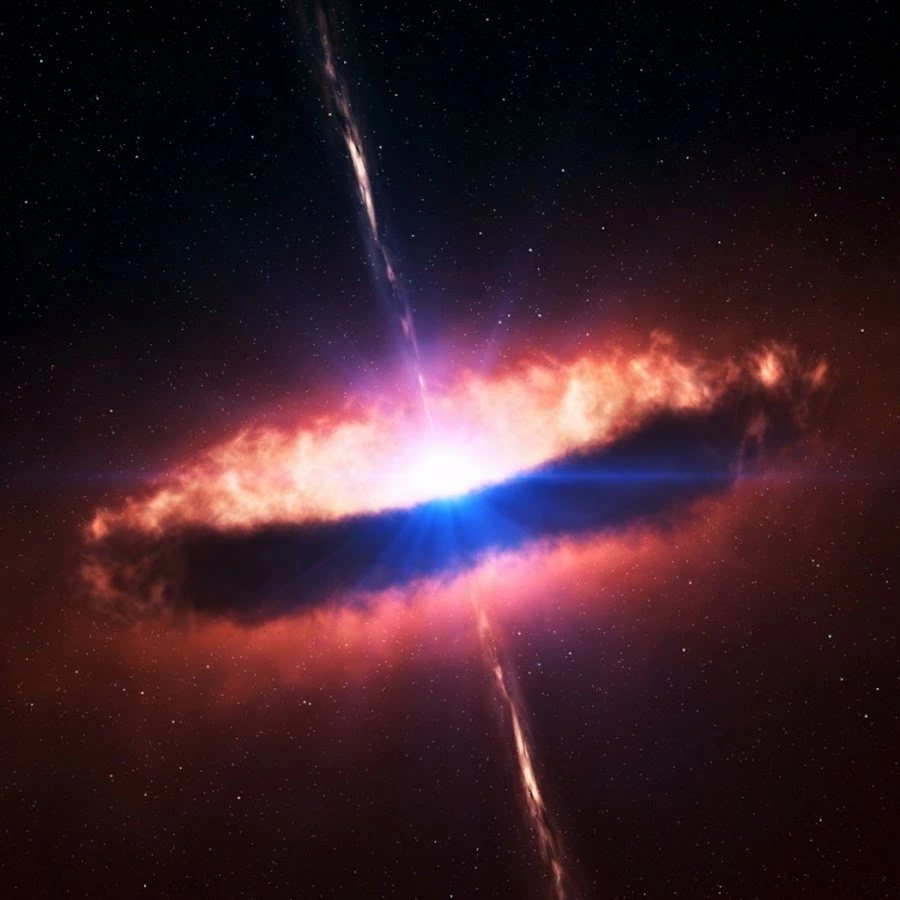(To be clear, I’m more interested in the reach and scaling of gravity.)
If we were to suddenly double earth’s mass, but not it’s size, would it’s field double in size (I assume strength as well), to the extent that if I were to measure this increased gravity at the same place I measured earth’s normal gravity, it would simply be double? If so, the least measurable point of both gravitates should also be the same?
Just wondering if there’s diminishing returns or if mass and density affects a gravity field the same regardless of whether it’s an asteroid or a billion Solar Masses.
Feel free to share any views I’m not taking into account in regards to gravity fields.
Thanks


Thank you so much for the reply.
My understanding is that most(all?) force fields are made up of waves (as is everything?), so  hypothetically, a Gravity field should be as well? 
No.
A field is a value assigned at every point in space. It is not “made of waves”. But if the field is perturbed by an acceleration, then the perturbation is propagated as a wave.
Simple analogy: every point in the sea has a “depth”. That’s like a field. If a motorboat creates a wake, the “depth” changes temporarily. You see that change as a wave.
The other answer is correct, it’s not really accurate to say that gravity is made of waves.
In physics, a field is a physical quantity that has a value for each point in space and time The most accurate model for the gravitational field is general relativity, however for many cases it’s sufficient to just use Newtonian Dynamics. In GR, changes to the gravitational field propagate at the speed of light in a vacuum, c. It’s possible to create gravitational waves by rapidly accelerating a massive object, which occurs in inspiralling black holes or neutron stars. But the gravitational force pulling the pair of black holes together isn’t made of waves; the black holes are minimizing their gravitational potential energy as defined by the gravitational field.
I wanted to address this since I think you might have a common misconception. Particles (photons, electrons, quarks, protons, neutrons, etc) are described in quantum mechanics using a wavefunction. But this doesn’t make these particles “waves”, they are still quantum mechanical particles. They simply don’t have a defined location (if using a spatial wavefunction, you can also work in an alternative basis like energy or momentum). If the particle interacts with something on the classical scale, it’s wavefunction will collapse to a single point where the location is defined.
If you try to model a quantum mechanical particle as either a classical point-like particle (single point in space) or a classical wave you will fail. Before quantum mechanics was discovered lots of very smart people tried and failed to use just waves or point-like particles. Quantum mechanics, using wavefunctions, is consistent with the fundamental nature of reality as far as we can tell.